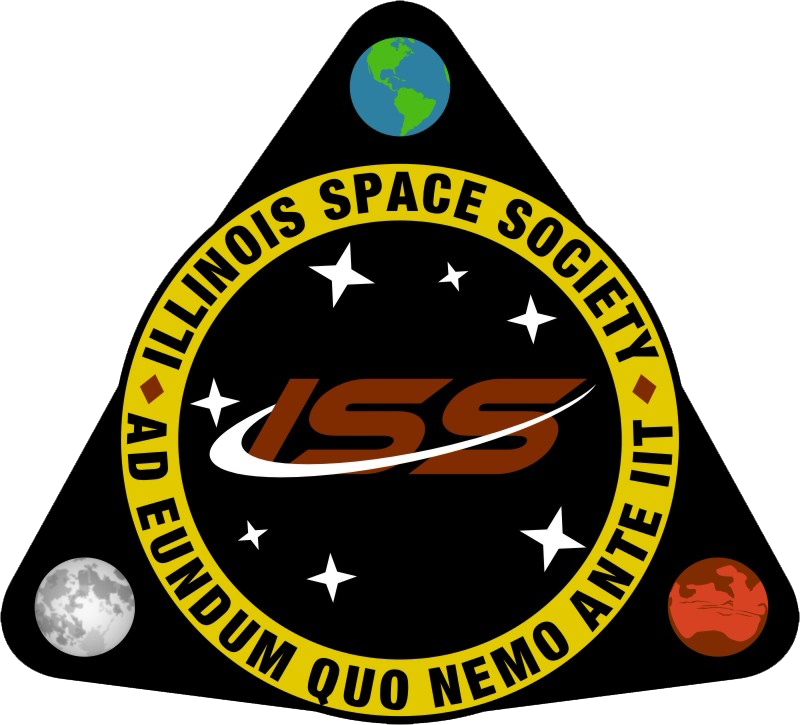
RASC-AL
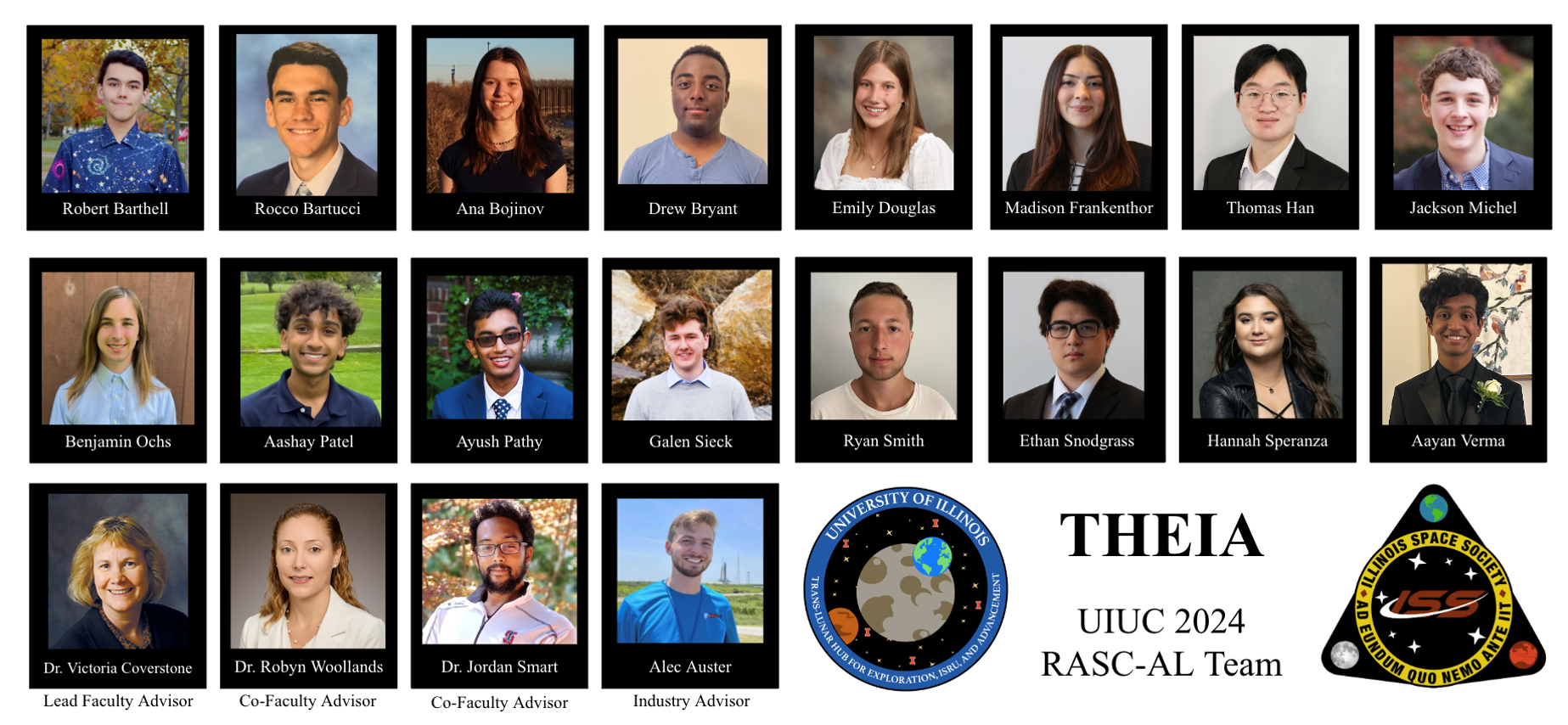

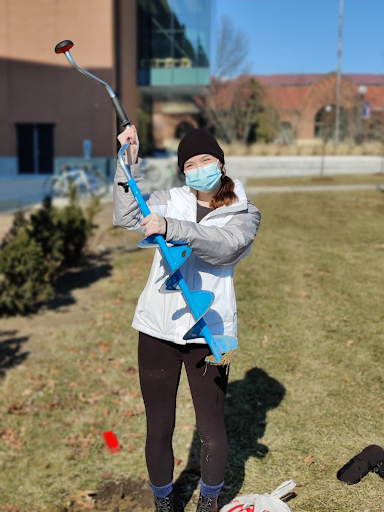

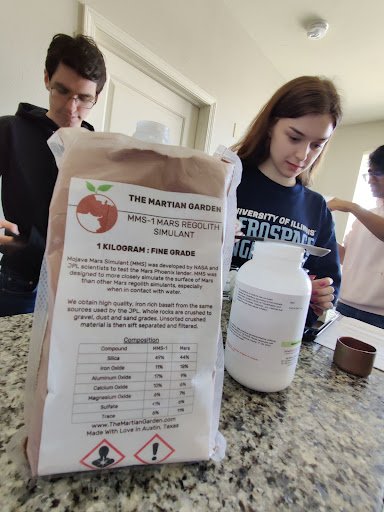

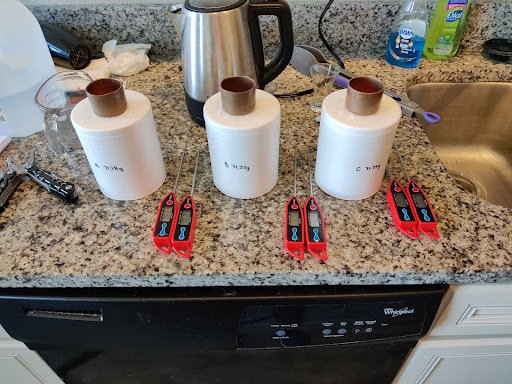
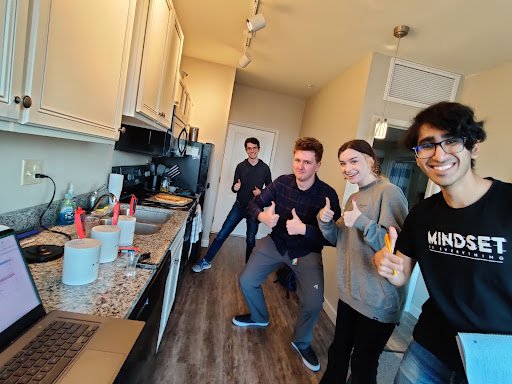


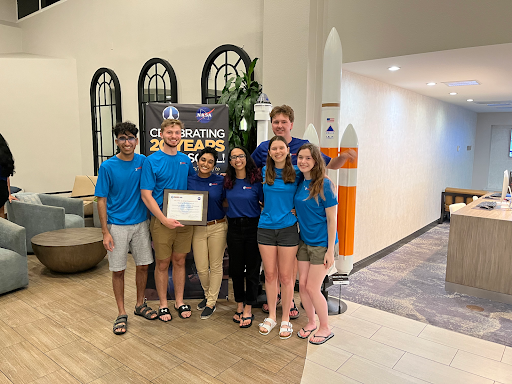
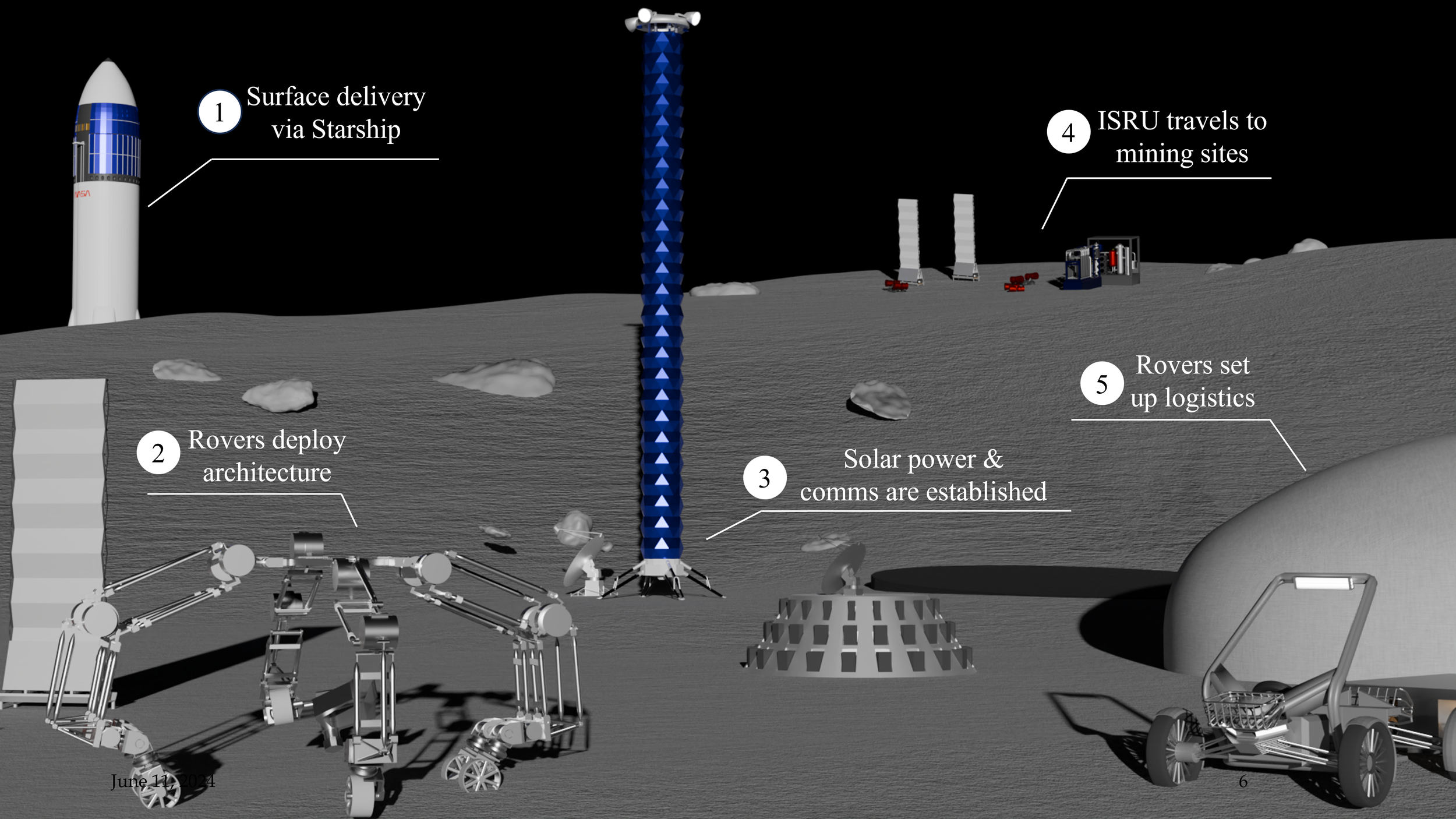
Who We Are:
The Revolutionary Aerospace Systems Concepts – Academic Linkage (RASC-AL) is a university-level, full-mission NASA design competition. Each year, we select a theme from NASA that outlines the mission we design. Previous mission themes include creating a 4-crew 7-years stay on the Martian surface and supporting sustained lunar evolution by designing infrastructure for the Moon. After theme selection, the team works through the engineering design cycle and creates a concept for an architecture that addresses the theme. The primary deliverables are a proposal paper and video submitted to NASA in March, and then if they are accepted, we write a technical paper and create a presentation for the RASC-AL forum which occurs in June in Cocoa Beach, Florida. In the 2022 forum, the ISS RASC-AL Team won 2nd place overall! They attended the 2022 ASCEND Conference in Las Vegas in October to showcase their concept.
To join or for more information please contact RASC-AL Lead Hannah Speranza (hss6@illinois.edu).
What We Learn:
RASC-AL focuses on teaching the engineering design process. We create requirements, research emerging technologies, conduct trade studies, and integrate an architecture We also learn soft skills like technical writing, presenting, and research. A new focus for RASC-AL has been prototyping our design, where we make small scale models of it to gain a practical understanding for the concept.
Why YOU Should Join:
Early Leadership Opportunities. Leading a RASC-AL subteam requires very little prior knowledge, what makes a good leader in RASC-AL is passion and work ethic. This puts us in the unique position to offer leadership positions to first-year members. In fact, of the 6 sub-team leads last year, 4 of them were freshman and all but 1 were first year RASC-AL members. Beyond just leadership, anyone who joins RASC-AL, regardless of experience, will be able to have ownership over some portion of the architecture, they will be the expert when it comes to something, and will be able to talk interviewers and recruiters ears off about it.
Directly Applicable Skills. While participating in any ISS tech project will help you down the line, the skills you will learn in RASC-AL fold into the aerospace curriculum especially well. For example, The Space Senior Design project focuses heavily systems engineering, one of the key skills learned in RASC-AL. In addition, the soft skills taught in RASC-AL apply to a variety of courses across the engineering curriculum and beyond.
Networking. RASC-AL presents a great networking opportunity. Those who attend the RASC-AL Forum get access to an exclusive recruiting session with companies such as Northrop Grumman, KBR, and Honeybee Robotics as well as NASA branches like the Space Mission Analysis Branch. The forum also affords opportunities to meet and network with various industry professionals, such as the judges who work at companies like Boeing and SpaceWorks, as well as the other competitors. Beyond the forum, the RASC-AL admins create a LinkedIn group which any member of the team can join, which allows access to everyone attending the forum.
Previous Work:
Some work from previous RASC-AL Teams is shown below:
RASC-AL 2023-2024
RASC-AL 2022-2023
RASC-AL 2021-2022
RASC-AL 2020-2021
RASC-AL 2019-2020
Get excited. Coming soon.
RASC-AL Subteams 2024-2025
Leadership
-

Hannah Speranza
RASC-AL Lead
-

TBD
Systems Subteam Lead
-

TBD
Mechanical Sub Team Lead
-

TBD
Electrical Systems Lead
-

TBD
Chemical Subteam Leader
